When I say chest rig in 2023, everyone knows exactly what I’m talking about. It’s a panel held by suspender-like straps designed to give the user instant access to gear and ammunition. Chest rigs are incredibly common these days and have become the de facto light webbing option sans armor, although they are sometimes worn with armor.
I’m a person who likes to know the why, the how, and the origins of gear, weapons, and concepts. I find it often reinforces what we already know and gives us a new perspective on what gear and tactics we use now. I know the why and how of chest rigs, but I really didn’t know the origin. In my brain, we carried our gear on belts, then H-harnesses, until the GWOT, where we all decided that chest mounted was the way to go.
With that in mind, I began to research where chest rigs came from and was pleasantly surprised at the earliest of their origins.
The Origin of the Chest Rig — The World War 1 Grenadier Vests
Trench warfare was really something. It was brutal, unforgiving and relied on both strong offense and defense to take and hold ground. Trenches are enclosed spaces, and one of the most effective tools for clearing enclosed spaces is grenades. Grenades in World War 1 became vital for establishing footholds in trenches, clearing trenches, and covering the dead zone in no man’s land.
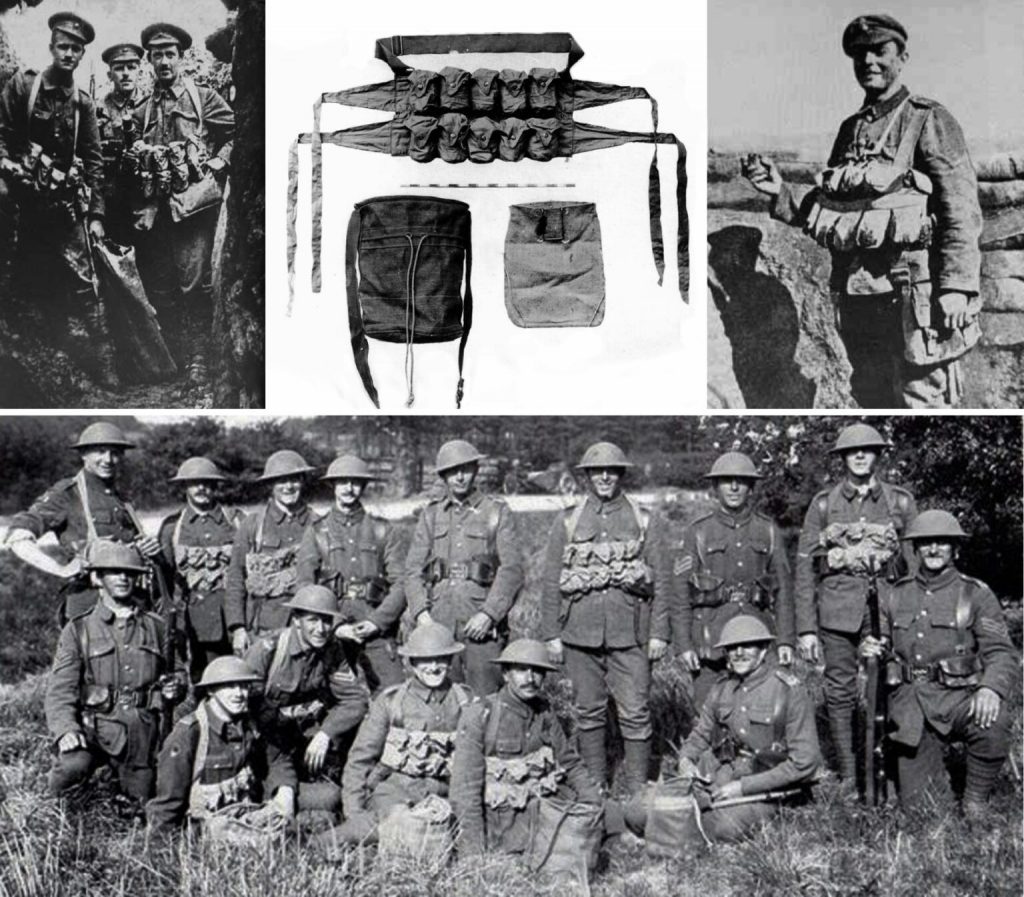
While a modern soldier might carry one or two, or often no, grenades, the World War 1 soldier likely clung to several of them. The old-school grenadier needed a means to carry their hand grenades, and thus the Brits created the Grenadier vest. This canvas vest would hold 10 grenades on the chest. A strap went around the neck, and two straps went around the back.
Americans copied the vest in 1918 calling it the M1918 Grendaier vest, but the war ended in M1918, and the Americans didn’t field many of the vests. The Brits did field the vest to give grenadiers a ton of grenades that were easily accessible and quickly thrown.
World War 2 — Spaghetti Blasters and Chinese Mausers
In World War 2, we decided masses of young men needed to die once more, but this time, we made it bigger! The chest rig expanded from grenades, and trench warfare wasn’t terribly common in this area. What did start to become a little more common was chest-mounted gear. The Brits had a battle jerkin. A jerkin is a vest. Get your mind out of the gutter. This vest would hold sten gun mags, grenades, and more.
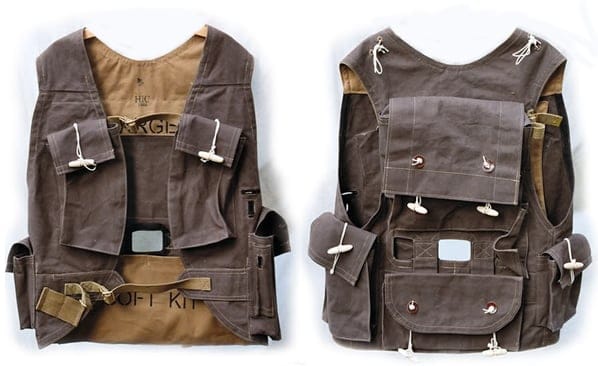
It wasn’t super uncommon for American troops to rig up their BAR and Thompson mags into quasi-chest mounts rather than wear them on their belts. Where we did see something more akin to a chest rig came from the Italian forces. Arguably it’s more of a vest, but it was quite exceptional in design. This became known as the Samurai Vest and was famously used by the 185th Parachute Division. This vest held five SMG magazines and had six dedicated pockets for grenades and other equipment.
On the Eastern front, and I mean way East, the Chinese fought the Japanese in a brutal, often untold conflict. Here we saw the rise of what’s more like a modern chest rig. Chinese soldiers famously used the Mauser C96 pistol, often in a full auto configuration. They were also given Thompson SMGs.
To facilitate the carrying of extra ammo, they made leather rigs. These mounted the magazines more on the stomach than the chest but mounted them front-facing. A rear belt and a set of suspenders secured the belt to the body. This is where we see the development of the modern small arms chest rig.
The Cold War and The ChiComs
Enter into the Cold War. The Chinese communists beat the Nationalists. They clearly saw the benefit of the chest rig over the more Western use of belt-mounted gear. As they aligned with the Soviet Union and adopted Soviet weaponry, they began to build better chest rigs. The SKS chest rig, for example, is arguably the first modern chest rig.

It had 10 pockets designed to hold stripper clips of ammunition to rapidly load their rifles. After the SKS faded away and the AK became the weapon of choice, the Chinese adopted their chest rigs to fit AK magazines. These mags were fairly long and difficult for the smaller Chinese troops to carry on their belts. The Chicom chest rig gave us our first modern chest rig designed to carry standard box magazines.
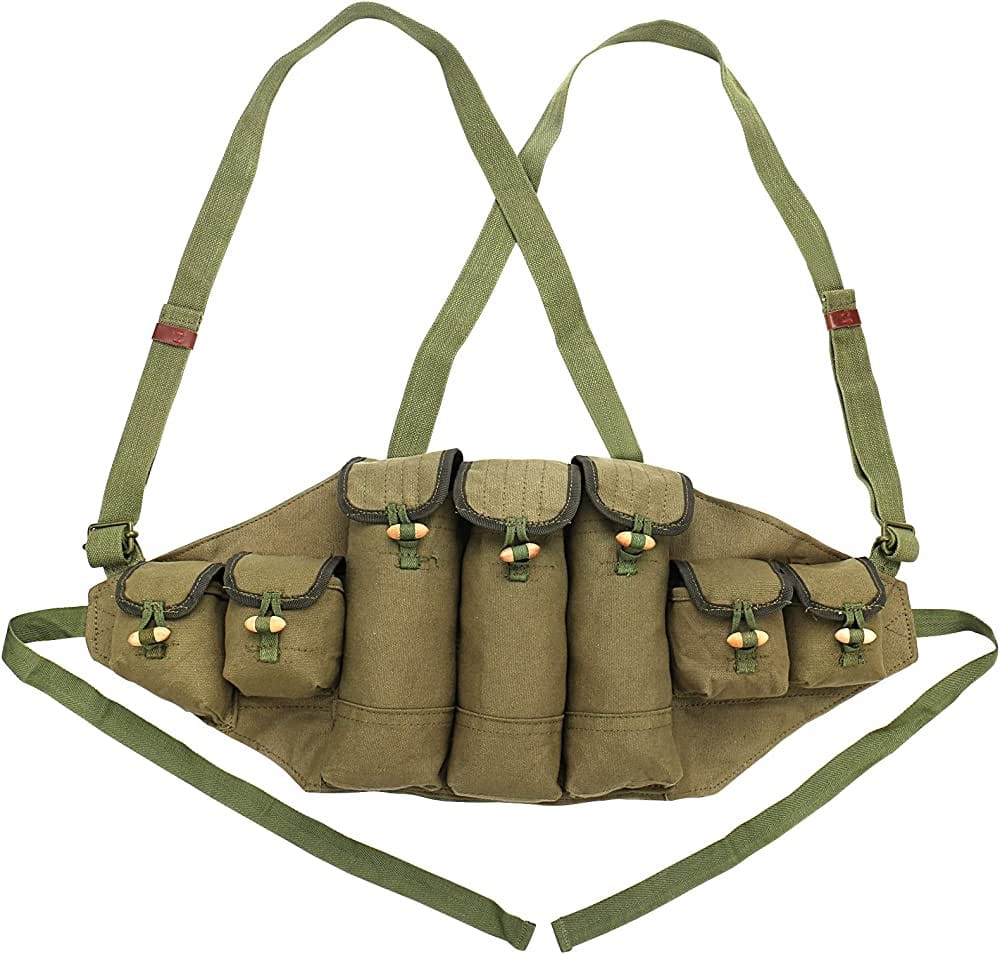
Rhodesian Bush War
When the Rhodesian Bush War or civil war started, it was another battle between nationalists and communists. The Communists were trained and equipped by China. That training and equipment included AK series rifles and ChiCom chest rigs. This is where the West was first exposed to the chest rig concept.
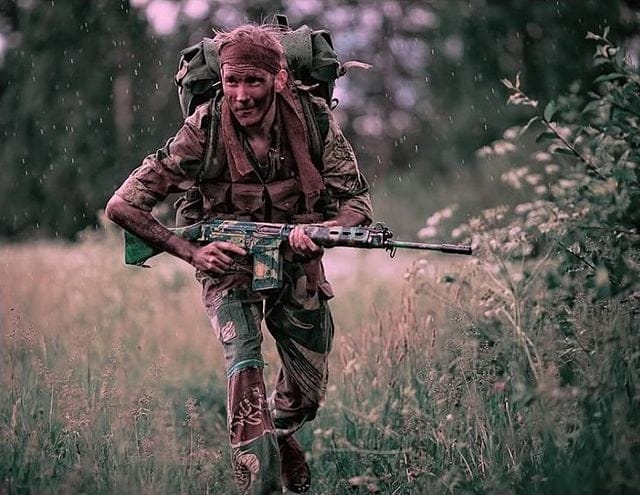
Rhodesian soldiers carried FALs and belt pouches, but when they saw the enemy’s chest rigs, they were intrigued. They began to modify and produce their own. Shops in Rhodiesa produced chest rigs for the fighting forces, and this began the legend of the Rhodesian Chest Rig. Because that was the first exposure the West had to modern chest rigs, it became a bit of a myth that the Rhodesians invented the chest rig.
The Soviets in Afghanistan
In 1979 the Soviets invaded Afghanistan and learned a hard lesson about this rugged, mountainous country. Along the way, their special operations forces, the Spetznas, brought the new AK-74, and alongside it, these striped shirt-killing machines carried chest rigs.
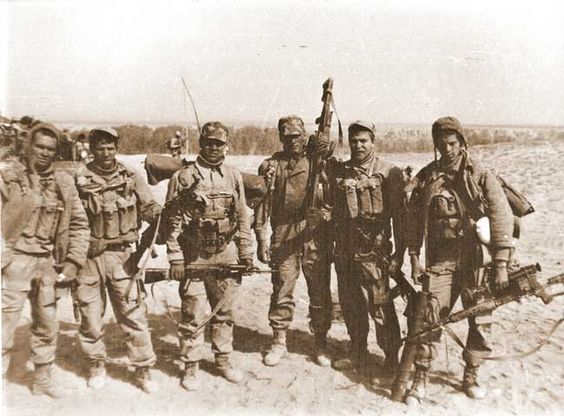
These rigs often carried six AK-74 magazines, a few grenades, and various other small pieces of equipment. They used flaps to cover the mags and big shoulder straps to carry all that weight. They called it the Lifchik.
The Brits and the Arktis 42 Chest Rig
The Rhodesians popularized the chest rig for the Anglicized world, and the Brits began looking at the same idea. The more popular idea was the vest with some flak protection and pockets, but the chest rig did make appearances, especially as the forces modernized in the late 80s and early 90s.
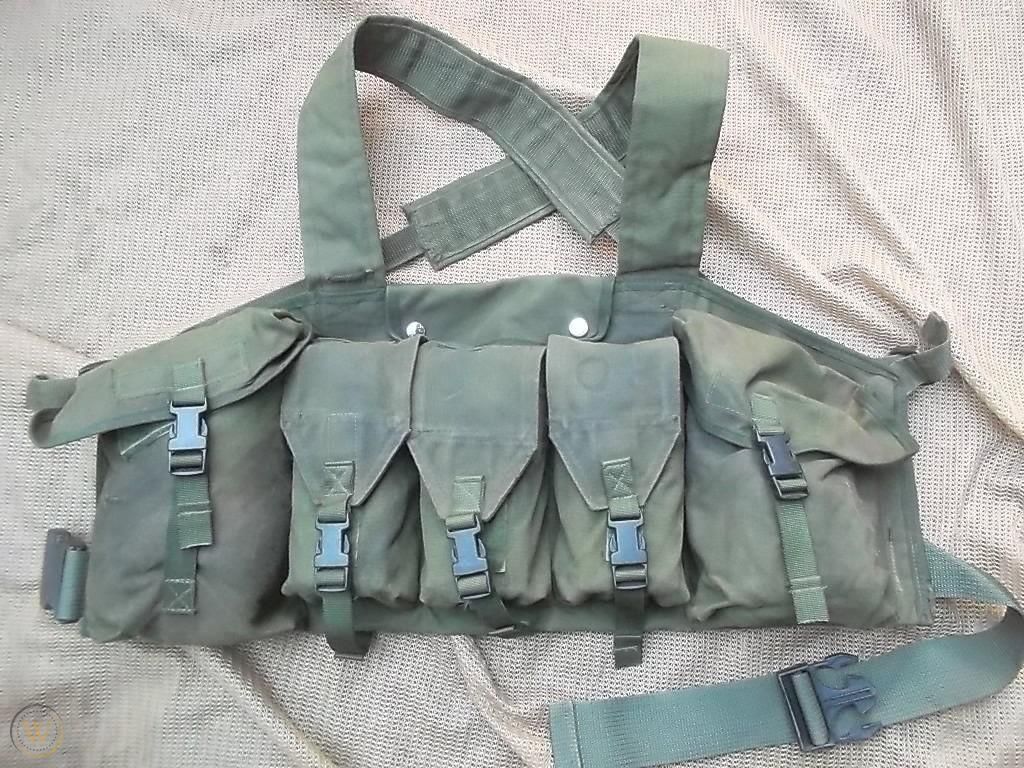
The most famous of the British chest rigs was the Arktis 42. Arktis was founded by a British Marine Commando who used his experience to design the Arktis 42. This rig was designed around a three-magazine pocket configuration, and each pocket held two magazines. To the right and left of those three pockets were two very large pockets for all manner of extra gear.
These kits are still made to this day, but Arktis ownership has changed.
Into the GWOT
When we got to the GWOT, we began to see a massive shift in tactical gear. The chest rig became common. Rangers heading into Afghanistan wore Tactical Tailor RACK chest rigs. They began to fade just a hair when modern armor and armor carriers entered the equation and offered a MOLLE platform for direct mounting.

However, these days both the Army and Marine Corps issue a chest rig. The Army’s is called the Tactical Assault Panel, and the Marine Corps calls them the USMC Chest Rig. The creation of these chest rigs came from a need for more mounting room as plate carriers replaced IOTVs. These offered supplementary mounting options for more ammo and equipment.
The World of the Chest Rig
Chest rigs are everywhere now. Hell, I probably own a dozen of them for various platforms. We have options for rifles, battle rifles, PCCs, shotguns, and everything else, from minimalist rigs to great big options. There is something for everyone and everything. Hopefully, you now know where it came from and can appreciate how far the industry has come.

